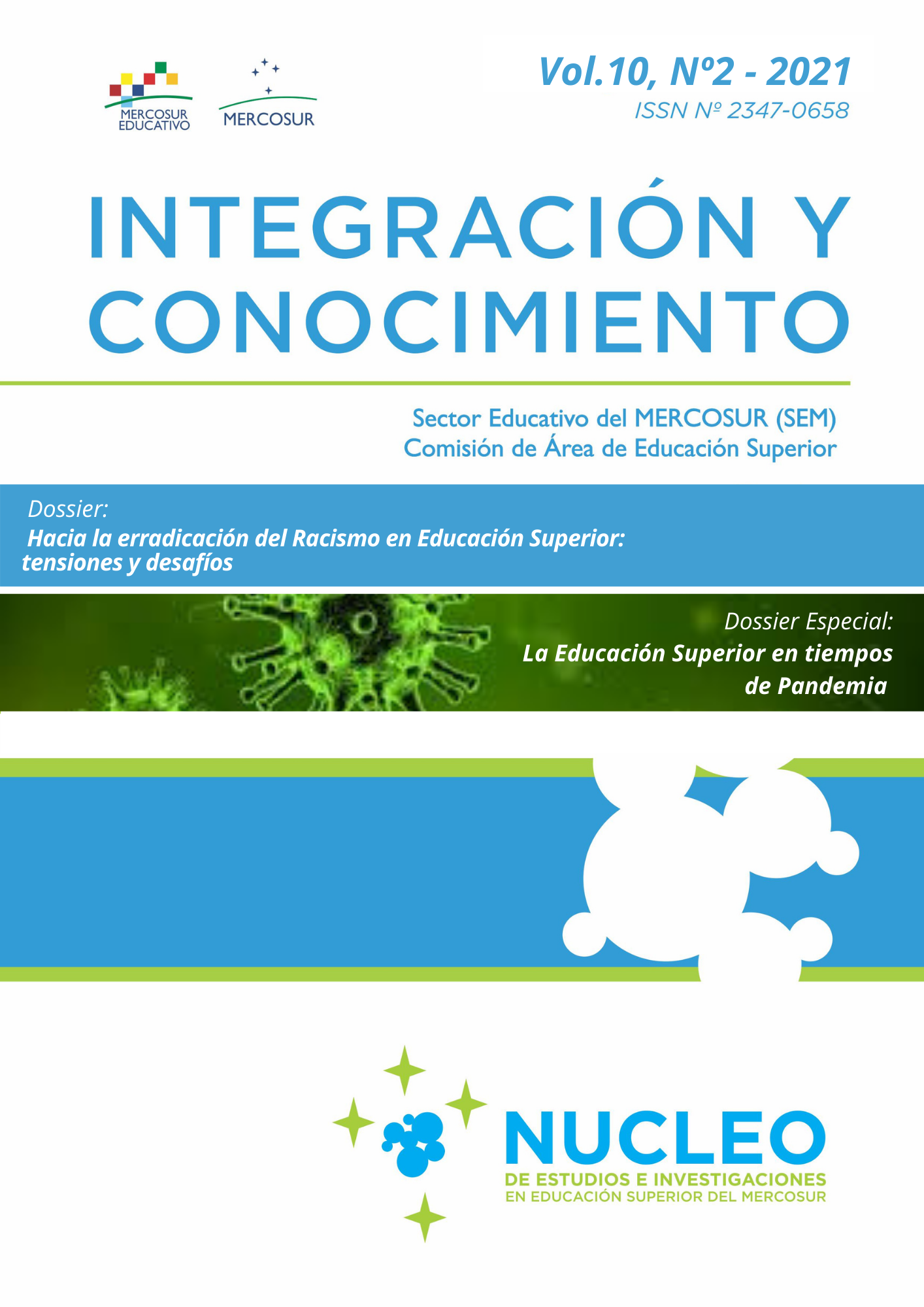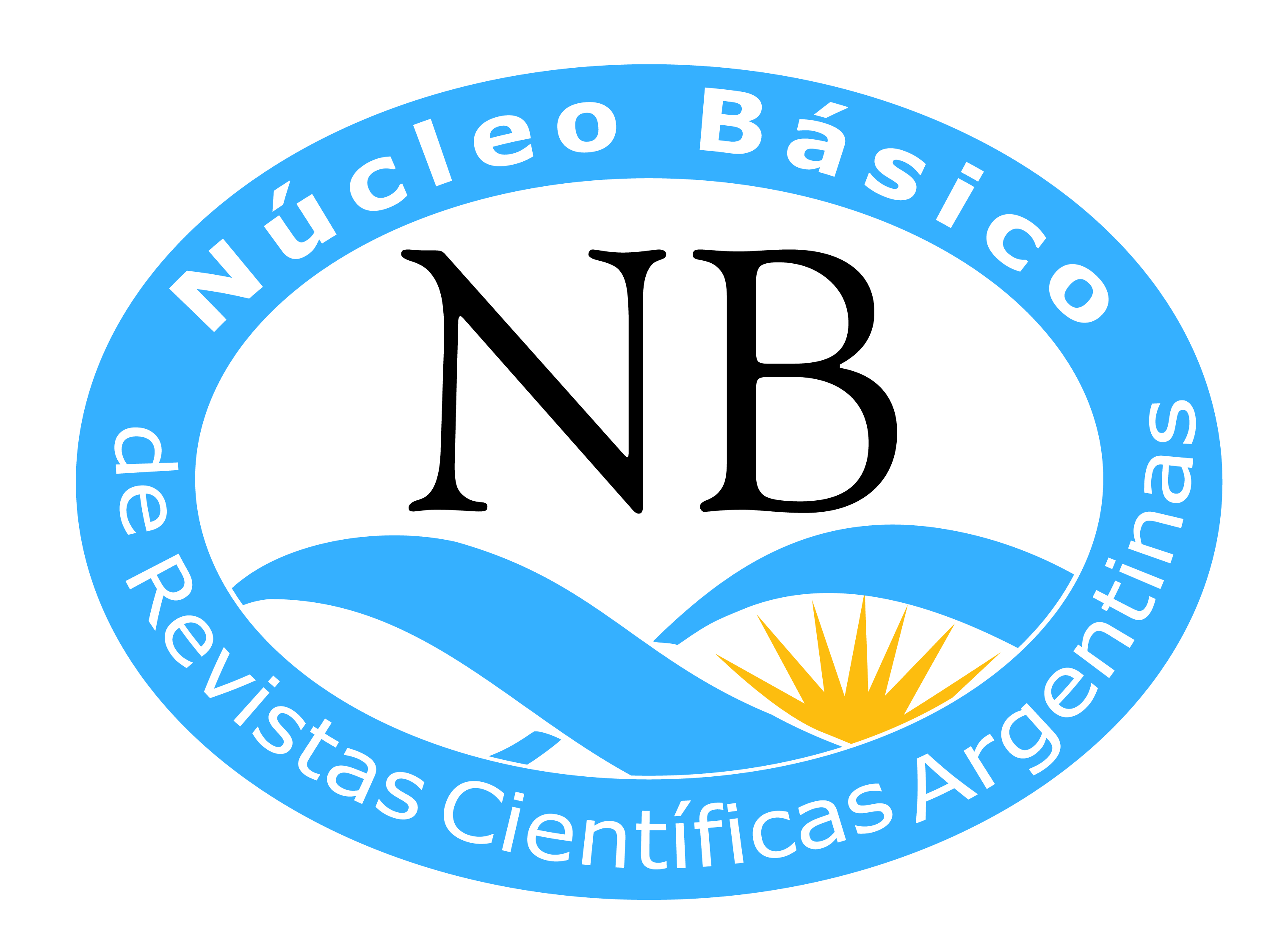COVID-19 and Higher Education: “management changes”
DOI:
https://doi.org/10.61203/2347-0658.v10.n2.34101Keywords:
management-higher education-changes-practices-configurationAbstract
In the wake of the pandemic, the whole world is in a time of crisis. Since the arrival of COVID-19, we have seen a number of negative effects, although many of them are not specific to the pandemic. But the event has undoubtedly deepened them, showing the magnitude of these problems in the world. But also, this time has been an opportunity for many of us, as it has challenged us about our personal, social and working lives, access to our rights, our fears, routines, mobility, new ways of finding ourselves, the use of time, and so on. In this context, our presentation seeks to bring together the experiences that Higher Education Institutions have been experiencing since the arrival of the pandemic in order to analyse them. We will point out a series of aspects that have been compromised in the management of the institutions and the main problems that will have to be faced in the future. By management practices we understand an interactive experience that contributes to the fulfilment of substantive functions and defines the profile of each organisation. They encompass both the implicit and the explicit, i.e. sanctioned structures and rules, but also concrete actions, ways of resolving everyday contingencies that unfold from different institutional histories, from the way in which they carry out the division of labour and the way in which disciplinary fields are structured. The experiences are gathered from the research practices that the authors develop in the framework of the Iberoamerican Telescopi Network of Strategic University Management. In this sense, this work has pretensions that go beyond the current space and will require us in the future to think about the changes: the scope they had, their objectives and the dimensions on which they were deployed, the strategies and contents on which they were proposed, the actors and sectors that intervened and the functions involved, the time in which they were deployed and the nature of their structuring.
Downloads
References
Baquero, R. y Terigi, F. (1996). En búsqueda de una unidad de análisis del aprendizaje escolar. Revista Apuntes. Dossier Apuntes pedagógicos, 9-22.
Clark, B. R. (1991). El sistema de educación superior: una visión comparativa de la organización académica. Universidad Autónoma Metropolitana–Azapotzalco. México: Editorial Nueva Imagen.
Comisión de Mejoramiento de la Educación Superior. (2001). Informe de la Comisión de Mejoramiento de la Educación Superior. Buenos Aires: Ministerio de Educación.
Fernández Lamarra, N. (2018). La Educación Superior Universitaria Argentina. Situación actual en el contexto regional. Buenos Aires. UNTREF.
García de Fanelli, A. (1996). La reforma de la educación superior en Argentina: entre el mercado, la regulación estatal y la lógica de las instituciones. Revista Paraguaya de Sociología, 33 (71-104).
García de Fanelli, A. (2012). Acreditación de la calidad y financiamiento: Potenciando el cambio universitario vía fondos no competitivos de mejora. Education Policy Analysis Archives, 20 (22).
IESAL UNESCO. (2018). Declaración de la CRES 2018. Recuperado de https://drive.google.com/file/d/1ipalv-U9v2-kfAY40CEqax9P_9eS8skd/view
Krotsch P., (Org.). (2002). La universidad cautiva. Legados, marcas y horizontes. Buenos Aires, Argentina: Ediciones al Margen.
Marquis, C. (Comp.). (2004). La agenda Universitaria. Propuestas de políticas públicas para la Argentina. Buenos Aires, Argentina: Universidad de Palermo.
Mollis, M. (2008). Las reformas de la educación superior en Argentina para el nuevo milenio. Avaliação, 13 (2), 509-32.
Naciones Unidas. (2018). Marco de indicadores mundiales para los Objetivos de Desarrollo Sostenible y metas de la Agenda 2030 para el Desarrollo Sostenible. Recuperado de https://unstats.un.org/sdgs/indicators/Global%20Indicator%20Framework%20after%20refinement_Spa.pdf
Pugliese, J. C. (2003). Políticas de Estado para la Universidad Argentina. Balance de una gestión en el nuevo contexto nacional e internacional. Buenos Aires, Argentina: Ministerio de Educación, Ciencia y Tecnología. Secretaría de Políticas Universitarias.
Pérez Rasetti, C. (2010). Evaluación y políticas públicas: los sentidos de la evaluación. Revista Gestión Universitaria, 3 (1) Recuperado de http://www.gestuniv.com.ar/gu_07/v3n1a3.htm
Souza Santos, B. (2005). La universidad en el siglo XXI. Para una reforma democrática y emancipadora de la universidad. Ciudad de México, México: Miño y Dávila Editores.
Tyack, D. y Cuban, L. (2001). En busca de la utopía. Un siglo de reformas de las escuelas públicas. México: Fondo de Cultura Económica.
Villanueva, E. (2018) Universidad y Nación. Asignaturas pendientes. Buenos Aires. Editorial UNAJ.
Downloads
Published
Issue
Section
License

This work is licensed under a Creative Commons Attribution-NonCommercial-ShareAlike 4.0 International License.
Authors who have publications with this journal accept the following terms:
a. Authors shall retain their copyright and guarantee the journal the right of first publication of their work, which shall simultaneously be subject to the Creative Commons License of Recognition which allows third parties to share the work as long as its author is indicated and its first publication is this journal.
b. Authors may adopt other non-exclusive licensing agreements for the distribution of the published version of the work (e.g., depositing it in an institutional telematic archive or publishing it in a monographic volume) provided that the initial publication in this journal is indicated.
c. Authors are allowed and encouraged to disseminate their work via the Internet (e.g. in institutional telematic archives or on their website) after publication of the article, which may lead to interesting exchanges and increased citations of the published work. (See The Effect of Open Access).



